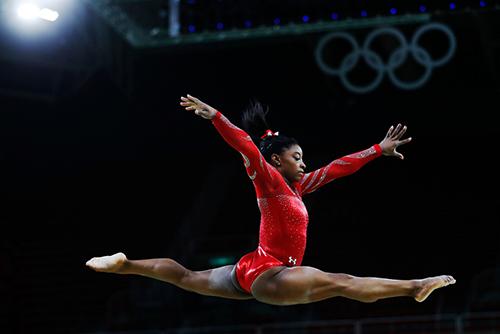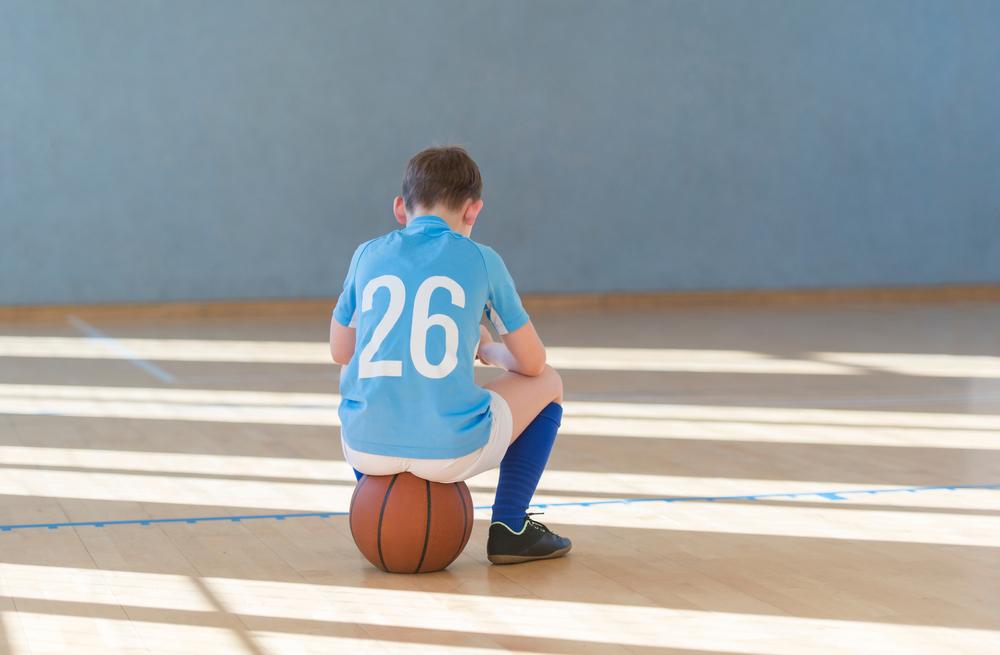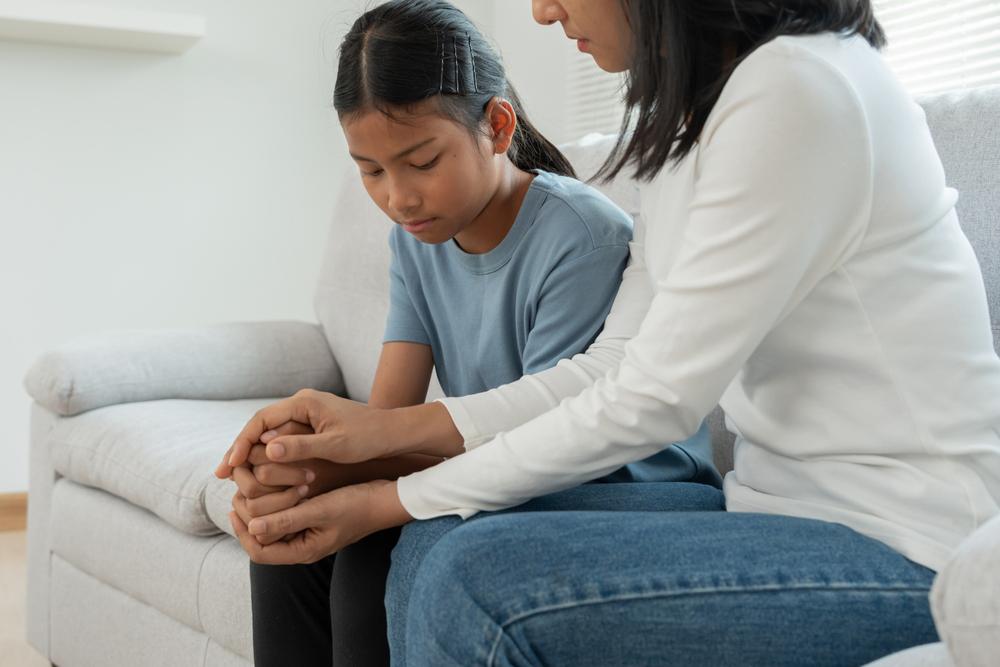 As parents and as coaches, we often understand that there’s value in pursuing a goal, even when it seems unattainable. Every hero’s journey encounters some moment of adversity, some chance that they won’t reach their goal. And even losing out on a goal has value because it instills resilience.
As parents and as coaches, we often understand that there’s value in pursuing a goal, even when it seems unattainable. Every hero’s journey encounters some moment of adversity, some chance that they won’t reach their goal. And even losing out on a goal has value because it instills resilience.
But at some point, there’s also value in pivoting and setting new goals. “In general, we only tell stories of perseverance,” notes TrueSport Expert, family physician, and resiliency guru Dr. Deborah Gilboa. “You hear about athletes who persevere through years of struggle, and finally succeed, but that can be a damaging perspective. To say that perseverance is always the answer, that perseverance towards achievement is always the best or right path, simply isn’t true. Resilience means navigating change and coming through it as the kind of person you want to be. And if the only kind of person your child wants to be is a winner, that’s a problem because then persevering towards achievement is the only option. And on that path, you have to recognize the risk of permanent damage.”
Here, Gilboa shares the signs parents should look for to help an athlete decide when it’s time to pivot.
1. Danger, not discomfort
 Kids need to hone the skill of differentiating between danger and discomfort, says Gilboa. That means knowing if pursuit of a goal is uncomfortable, or if it could be harmful to their physical or mental health. “This is what Simone Biles showed at the Tokyo Games when she decided not to compete in certain events,” Gilboa explains. “She wasn’t dealing with tremendous discomfort. She was in danger. We ask and expect our young athletes to figure out how to manage discomfort, and yes, that will serve them incredibly well. The more discomfort they know how to manage successfully, the better. That will help them towards their goal. But if we do not teach them the skill of differentiating between tremendously uncomfortable and actually dangerous, then we do not allow them to protect their own safety.”
Kids need to hone the skill of differentiating between danger and discomfort, says Gilboa. That means knowing if pursuit of a goal is uncomfortable, or if it could be harmful to their physical or mental health. “This is what Simone Biles showed at the Tokyo Games when she decided not to compete in certain events,” Gilboa explains. “She wasn’t dealing with tremendous discomfort. She was in danger. We ask and expect our young athletes to figure out how to manage discomfort, and yes, that will serve them incredibly well. The more discomfort they know how to manage successfully, the better. That will help them towards their goal. But if we do not teach them the skill of differentiating between tremendously uncomfortable and actually dangerous, then we do not allow them to protect their own safety.”
2. Yellow warning flags
 “Unfortunately, many kids will not have the maturity and the wisdom to figure out when they are in a dangerous situation, so it’s our job to keep an eye out for the yellow flags, not just the red flags,” Gilboa says. “Red flags are more obvious: a child isn’t eating, he’s not speaking to you often, her grades are plummeting. But the yellow flags are subtle. One of the things that adults can do is to literally make a list of the behaviors that a child starts doing or stops doing when they’re beginning to have a hard time. For one of my kids, he starts sleeping through his alarm. For my other kid, he starts losing stuff. What signs does your child show when he’s just starting to struggle?”
“Unfortunately, many kids will not have the maturity and the wisdom to figure out when they are in a dangerous situation, so it’s our job to keep an eye out for the yellow flags, not just the red flags,” Gilboa says. “Red flags are more obvious: a child isn’t eating, he’s not speaking to you often, her grades are plummeting. But the yellow flags are subtle. One of the things that adults can do is to literally make a list of the behaviors that a child starts doing or stops doing when they’re beginning to have a hard time. For one of my kids, he starts sleeping through his alarm. For my other kid, he starts losing stuff. What signs does your child show when he’s just starting to struggle?”
3. A desire to quit
 If your child is feeling upset that they won’t hit a major goal and is ready to give up the sport entirely as a result, that’s normal, but suggest that before they pivot away from sport entirely, they take a break first. “Remember that developmentally, young athletes tend to think in binary ways: I quit, or I don’t. But there is almost always a whole list of other options,” says Gilboa. “So, look for ways to hit pause instead of stop. Simone Biles did not hit stop. She hit a really dramatic pause. She didn’t leave Tokyo. She didn’t even leave the mat. She stayed there, she became coach and cheerleader for her teammates, and she competed in another individual event days later, as it turned out. She hit pause and continued to behave as the kind of person she wanted to be.”
If your child is feeling upset that they won’t hit a major goal and is ready to give up the sport entirely as a result, that’s normal, but suggest that before they pivot away from sport entirely, they take a break first. “Remember that developmentally, young athletes tend to think in binary ways: I quit, or I don’t. But there is almost always a whole list of other options,” says Gilboa. “So, look for ways to hit pause instead of stop. Simone Biles did not hit stop. She hit a really dramatic pause. She didn’t leave Tokyo. She didn’t even leave the mat. She stayed there, she became coach and cheerleader for her teammates, and she competed in another individual event days later, as it turned out. She hit pause and continued to behave as the kind of person she wanted to be.”
_________________________
Takeaway
Understand that no goal is more important than your athlete’s happiness as a human. “Together, you and your athlete have to figure out what their big picture goals are. Winning should only be a small part of them, because the damage of winning at all costs is fairly self-evident,” Gilboa says. “The long-term goal should be about the person your child wants to become, with strong values and convictions. Imagine raising a child who, no matter what obstacles life throws them on the way towards their achievements, can continue to be the kind of person you and they want them to be.”



